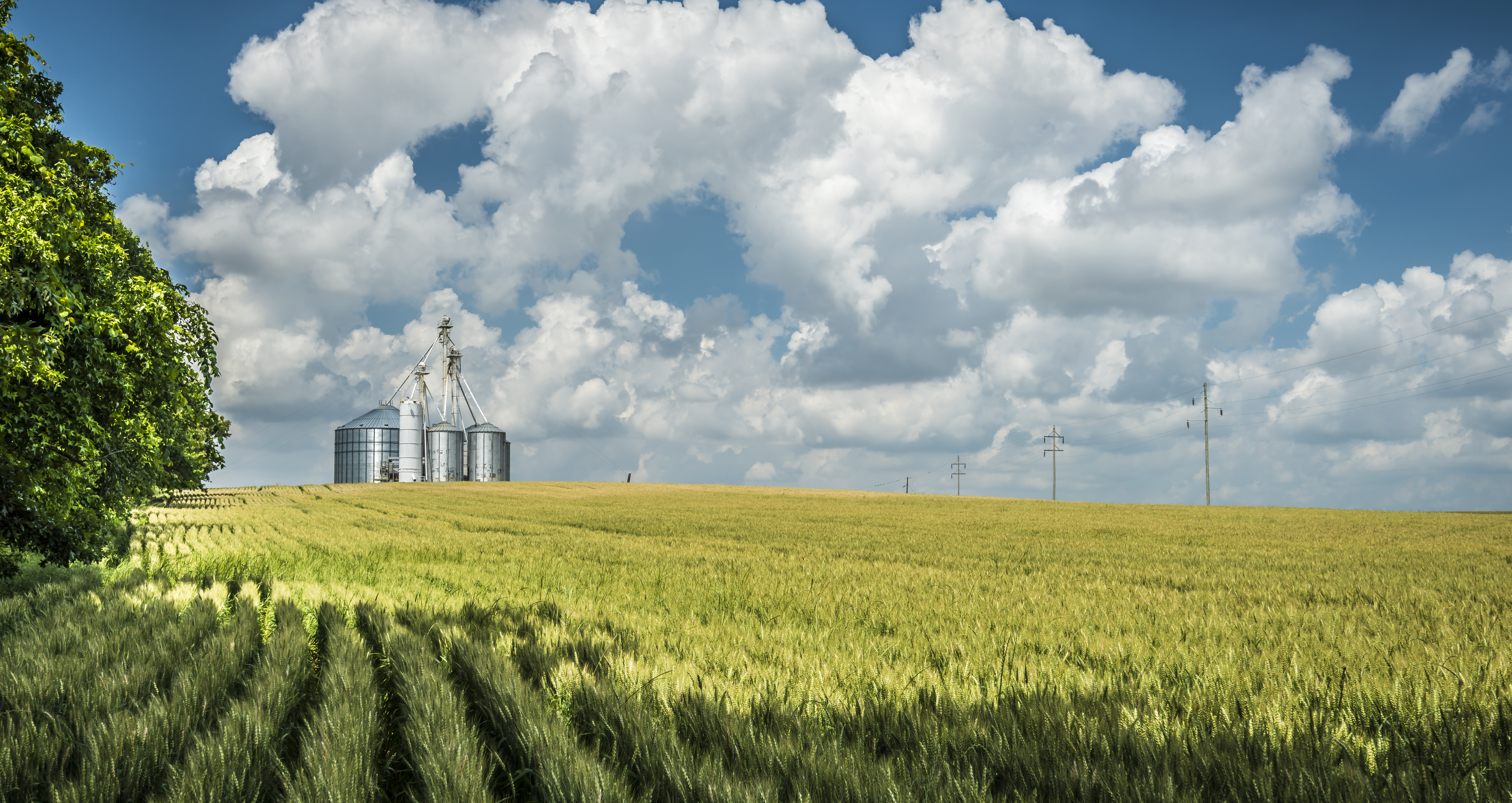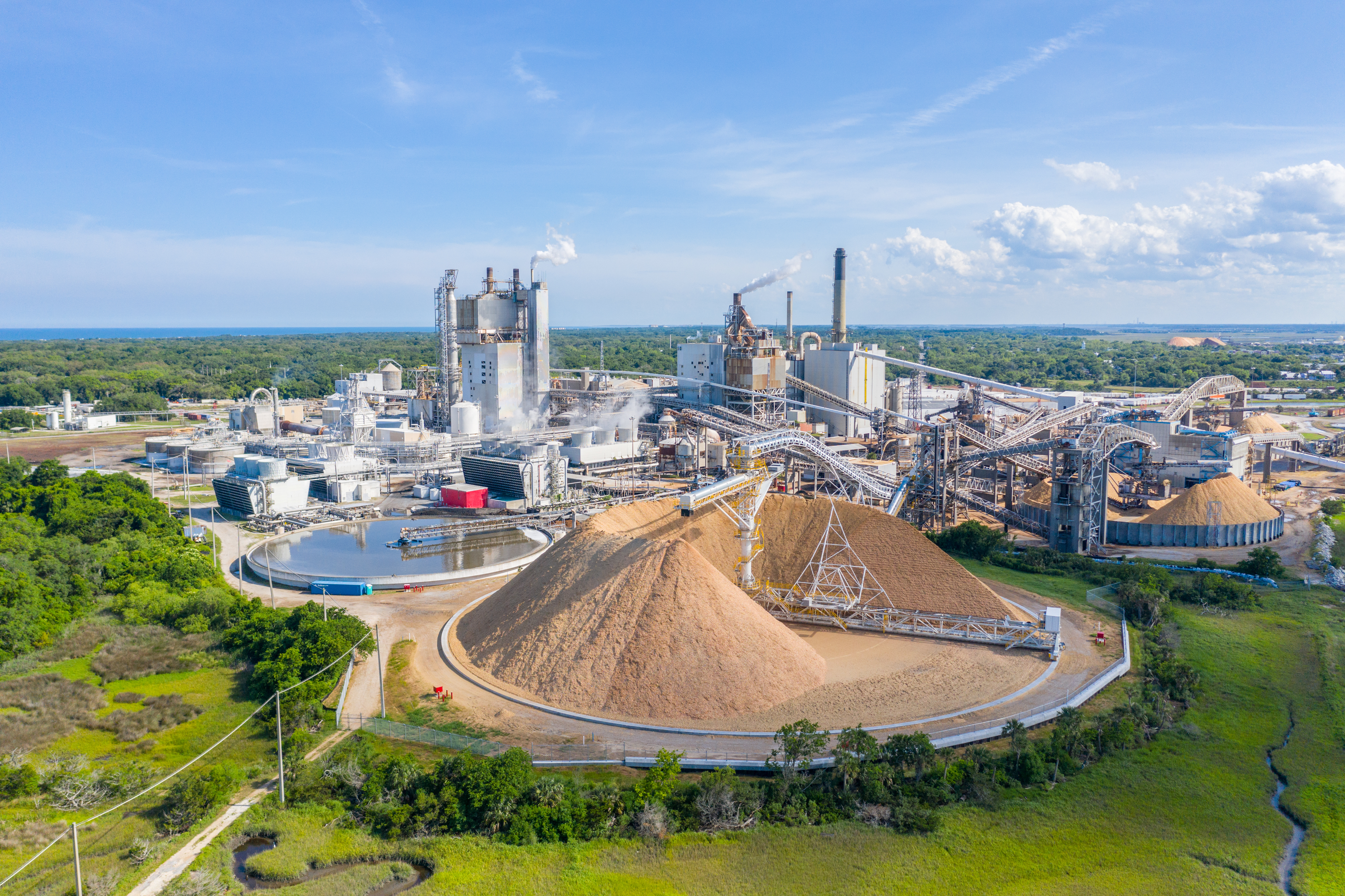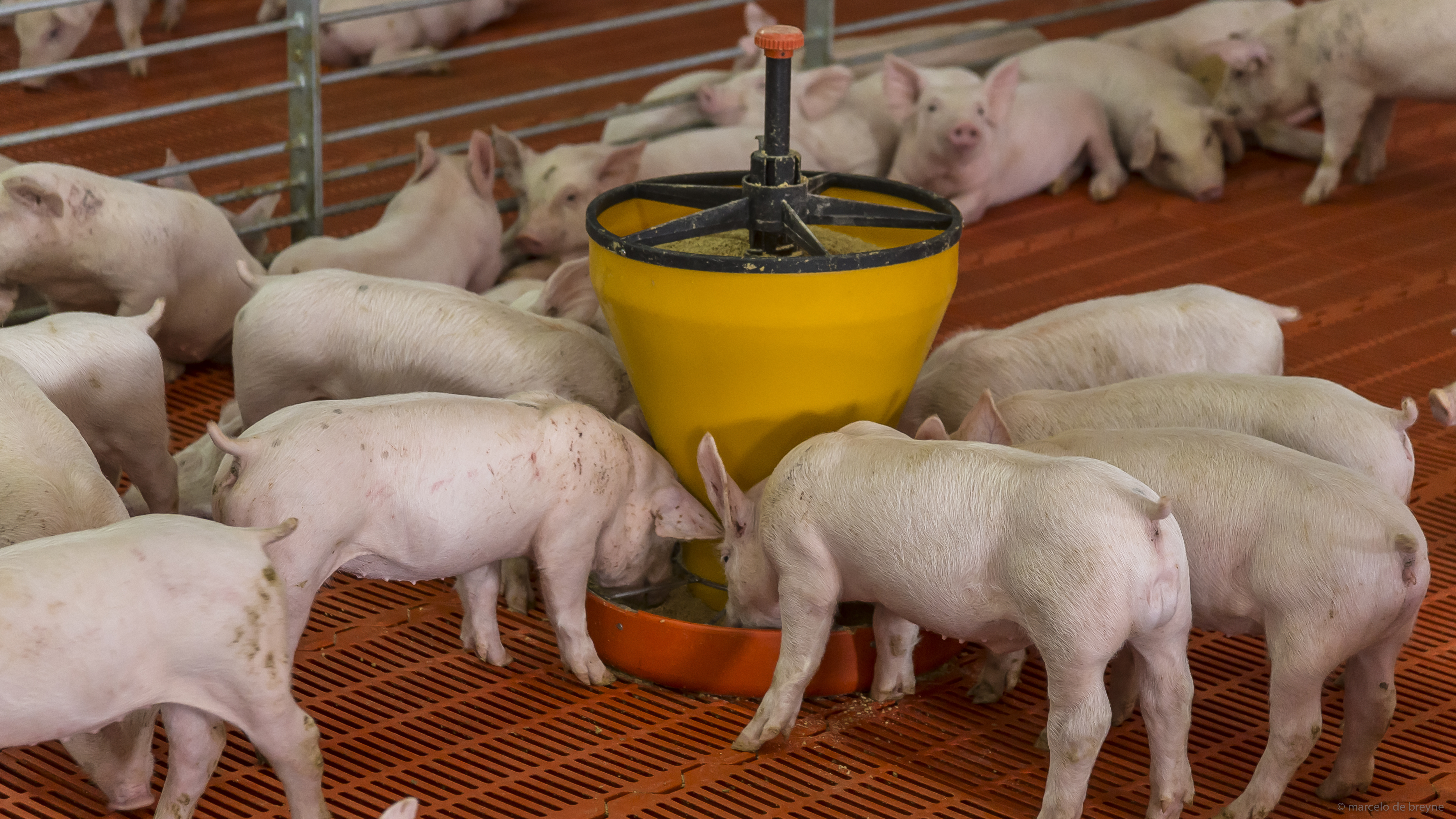



Pig feed from paper mills: why now is a great time to invest in alternative feed ingredients
Is it time to start sourcing alternative products that have a smaller environmental impact, that meet every requirement of the pig, that are also economically viable?A fragile food system
The fragility of intensive agricultural systems across the globe is becoming ever more apparent as we enter a new decade of climate change conundrums, and as we witness a growing disease pandemic that is shaking the bones of the food systems that have served us for so long.
The alternative protein sector, which has sought to provide animal-product-free protein sources for human, pet and livestock consumption, has gained momentum, particularly in the last 10 years. With a focus on delivering food products that meet nutritional requirements, while reducing overall environmental footprint of production and protecting animal welfare, many alternative protein companies are filling a niche that continues to grow in size and popularity.

Common ingredients used to increase protein content in pig feed include fishmeal, soy, soy protein concentrate, rapeseed and some single-cell proteins, including baker’s yeast. The majority of these raw materials have a considerable footprint on the environment, whether that is through water consumption, land use, or carbon release.
For producers, pig health, feed efficiency and cost have to be the primary drivers for selecting the most appropriate feed products, but, increasingly, being a good steward of the environment is climbing up that list of priorities. So, is it time to start sourcing alternative products that have a smaller environmental impact, that meet every requirement of the pig, that are also economically viable?
Speaking to The Pig Site, Dr Ricardo Ekmay, VP of Nutrition & Product Development with Arbiom, says that now is a great time to start exploring and developing a familiarity with alternative protein sources for animal feeds.
“The sophistication and quality of alternative proteins is increasing,” Dr Ekmay explains.
“We’re not just leading with the aim of a lower environmental footprint; we’re very much driving the production of a high-quality protein source that can meet the primary need of a producer, which is to have a nutritious, healthy ingredient for optimal pig health and productivity.
“Until we know how to use an ingredient efficiently, there seems to be a reluctance to try it out. We maintain our distance. But I think that if we can get these materials into the hands of the folks that want to use it, producers can fully evaluate the pros and cons of a product in the field.
“The reason we still use soy, despite its limitations, is that we know it so well. We know how to harvest it, process it and what quantities are required to get a pig to wean well and reach market weight efficiently.
“We need to reach this point with alternative proteins now.”

Pig feed from paper mills
An expert in animal nutrition and new product development, Dr Ekmay has been part of the team at Arbiom for nearly three years now. In that time, he has witnessed the development of a product that has the potential to replace protein supplements, such as fishmeal and soymeal, completely from the diets of pigs globally.
SylPro is a single-cell protein yeast that is approved for use in feed and food in the US, Canada and EU. It is a high-protein product with enhanced amino acid profile and digestibility for use in animal feed… and it’s also made using wood.
Dr Ekmay explains how Arbiom has developed technology which uses primarily sawdust and woodchips discarded from paper mills to create a nutrient-dense feed suitable for livestock. Essentially, Arbiom is repurposing waste materials from one industry and introducing the output into another industry, namely animal protein.
“Whatever paper mills don’t use, we take on, which can be a substantial portion,” he explains.
“The latest figure is that approximately 30 percent of biomass doesn’t go into the pulping process.
“Expand that into the global paper production industry and that is a lot for us to work with, especially with the aim of expanding and upscaling.”
Though the current model focuses on hard woods and their characteristics, Arbiom can also use the technology with soft woods and any other lignolistic feedstock.
“We have quite a bit of robustness to the technology as we can use a range of feedstocks – this subsequently means that we can probably source our materials from anywhere. Wherever is closest to the production facility and where the feedstock required is accessible."
Benchmarking environmental benefits
Arbiom have just completed an initial life cycle analysis (LCA) of SylPro, using demo-programme data. An LCA is the most common method used for quantifying environmental impacts and resource use throughout the entire lifecycle of a product or service. It takes into account all the stages of production, from raw material inputs through to (agricultural) production, manufacture, distribution, transport, use and disposal.
The LCA benchmarks SylPro against more conventional proteins, such as soy, fishmeal, rapeseed and some single-cell proteins, and the results have indicated that SylPro has the lowest footprint comparatively across the five raw materials that were evaluated. In particular, water consumption and land use were lower for SylPro production and overall carbon footprint was lower too.
Dr Ekmay reiterates that the data used for this initial LCA is not commercial and needs fine tuning to incorporate all elements that could impact environmental footprint estimates of commercial production.
“We were pleased with the results and excited about what was to come,” he says.
“We had very high feed efficiency and very little excretion of nutrients into the environment which will only further improve the LCA and lower the environmental footprint of this ingredient.”

Enhancing food security
“We see SylPro as a fully sustainable source of feed,” says Dr Ekmay.
“Firstly, you’re leveraging a feedstock which is not currently in the food chain – which I think is so important to remember.
“We can repurpose soy – and other protein sources – as much as possible but we’re not increasing the food supply in any way, you’re just improving efficiencies within an existing food supply.
“By bringing a non-food substance into the food chain, you’re expanding production capabilities.
“In Scandinavia, they don’t have a lot of farmland but they do have a lot of trees. You can tap into that infrastructure and provide food security using the resources that do exist in that region.
“This is so valuable, especially in food insecure regions across the globe.”
Read more about Arbiom and creating pig feed from paper mills.









